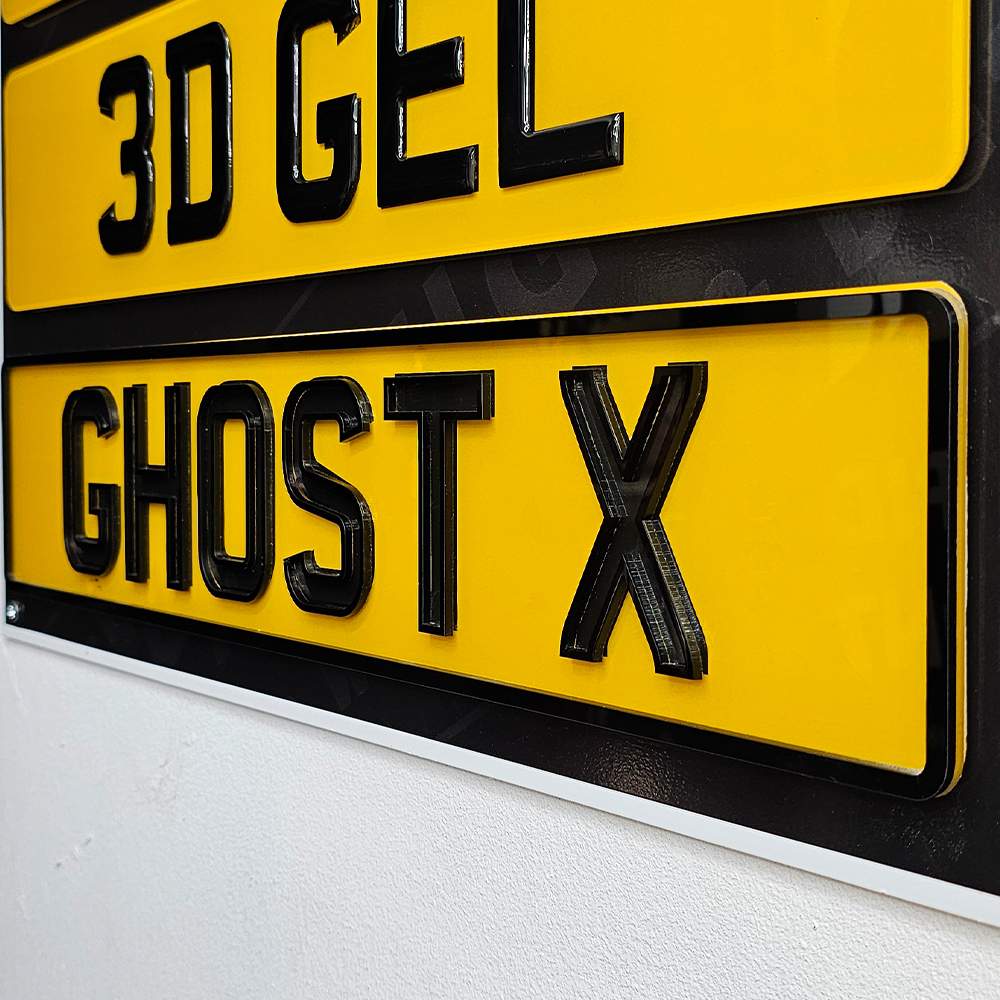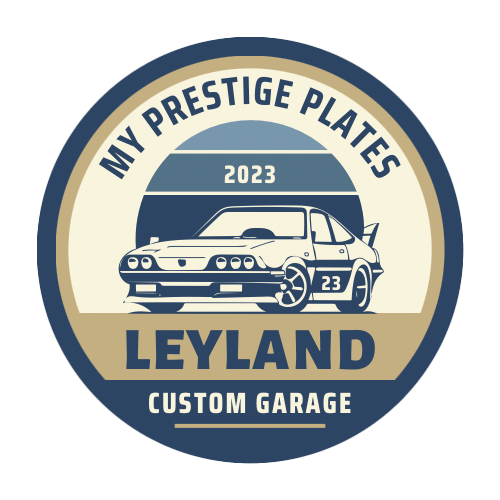The History of Number Plates: Evolution and Significance for Preston and Leyland

Number plates are a ubiquitous feature of modern vehicles, essential for identification and regulation. Their history is rich and varied, reflecting broader changes in transportation, legislation, and technology. In Preston and Leyland, towns with deep automotive roots, number plates hold particular significance. This blog explores the evolution of number plates and their impact on these communities.
Early Beginnings: The Birth of Number Plates
The concept of vehicle registration plates emerged in the early 20th century as automobiles became more common. The UK introduced number plates with the Motor Car Act of 1903, which required all vehicles to be registered and display a unique identification number. This legislation aimed to regulate the burgeoning number of automobiles, ensuring accountability and safety.
In Preston and Leyland, early adopters of this new form of transportation saw their vehicles equipped with some of the first number plates. These initial plates were simple, typically consisting of a local council code followed by a sequence number, such as “AB 123”. The introduction of number plates marked the beginning of a structured approach to vehicle regulation, which would evolve significantly over the coming decades.
The Evolution of Number Plate Design
Over the years, the design and format of number plates have undergone numerous changes to improve readability, standardisation, and functionality.
- Pre-1932 Plates: Early plates featured a combination of letters and numbers, with local councils assigning codes. For instance, Preston’s code “P” or Leyland’s “LY” might appear on early plates. These codes indicated the vehicle’s place of registration.
- Post-1932 Plates: In 1932, the format was revised to accommodate more vehicles. The new system used a three-letter, three-number combination (e.g., “ABC 123”). This change allowed for a greater number of unique registrations.
- Suffix and Prefix Systems: By the 1960s, the UK adopted a suffix system, adding a letter at the end of the number sequence to denote the year of registration (e.g., “ABC 123D”). This evolved into the prefix system in 1983, with the year identifier at the beginning (e.g., “A123 ABC”).
- Current System: Introduced in 2001, the current format features two letters indicating the region, two numbers for the year of registration, and three random letters (e.g., “AB12 CDE”). This system is designed to provide clarity and a large pool of combinations.
In Preston and Leyland, these changes were mirrored in local registrations, with each new format reflecting broader trends in vehicle ownership and regulation.
Technological Advancements and Number Plates
The evolution of number plates has been significantly influenced by technological advancements, enhancing their functionality and security.
- Reflective Plates: Introduced in the 1960s, reflective number plates improved visibility, especially at night. This innovation was crucial for road safety, helping drivers and law enforcement identify vehicles more easily.
- Electronic and Digital Plates: While not yet widespread in the UK, electronic and digital number plates represent the future. These plates can display real-time information, such as “STOLEN” if the vehicle is reported as such. In tech-savvy areas like Preston and Leyland, the adoption of such innovations could enhance vehicle security and management.
- Anti-Theft Measures: Modern plates include anti-theft features like tamper-evident screws and holograms, reducing the risk of cloning and fraud. These measures are particularly important in urban areas, where vehicle theft can be more prevalent.
The Significance of Number Plates in Preston and Leyland
Preston and Leyland have a rich automotive history, with Leyland in particular being synonymous with vehicle manufacturing. The evolution of number plates in these towns reflects their broader industrial and cultural development.
- Leyland Motors: Founded in 1896, Leyland Motors became a major player in the global automotive industry. The vehicles produced by Leyland were registered with local number plates, showcasing the town’s contribution to motoring history. Number plates from this era are now collectors’ items, representing a proud heritage.
- Preston’s Growth: As a key urban centre, Preston’s increasing vehicle registrations mirrored its economic growth. The adoption of new number plate formats over the decades highlighted the city’s expanding infrastructure and modernization.
- Cultural Identity: Number plates in Preston and Leyland often reflect local pride and identity. Personalised plates featuring regional codes or local references, such as “PR35 TON” for Preston, are popular. These plates celebrate the unique cultural heritage of the area.
Legal and Regulatory Aspects
The regulation of number plates has always been crucial for maintaining order and safety on the roads. Key legal aspects include:
- DVLA Regulations: The Driver and Vehicle Licensing Agency (DVLA) sets stringent guidelines for number plate design, ensuring readability and standardisation across the UK.
- MOT Tests: Number plates are checked during the annual MOT test. They must be clean, legible, and correctly formatted to pass.
- Penalties: Non-compliance with number plate regulations can result in fines, MOT failures, and even the revocation of personalised plates. Regular checks and maintenance are essential to avoid these penalties.
The Future of Number Plates
As technology continues to advance, the future of number plates promises further innovations:
- Smart Plates: Integration with smart technology could allow number plates to display dynamic information, enhancing security and functionality.
- Environmental Impact: With the rise of electric vehicles (EVs), special green plates have been introduced to identify eco-friendly cars. This trend is likely to grow, promoting sustainable transportation.
- Global Standards: There is potential for greater international standardisation, making vehicle identification more consistent across borders.
Conclusion
The history of number plates is a testament to the ongoing evolution of the automotive industry. In Preston and Leyland, number plates not only serve practical purposes but also embody the regions’ rich motoring heritage. From early registration systems to modern technological advancements, the story of number plates reflects broader societal and industrial changes. As we look to the future, number plates will continue to evolve, driving innovation and celebrating local identities in these dynamic communities.
